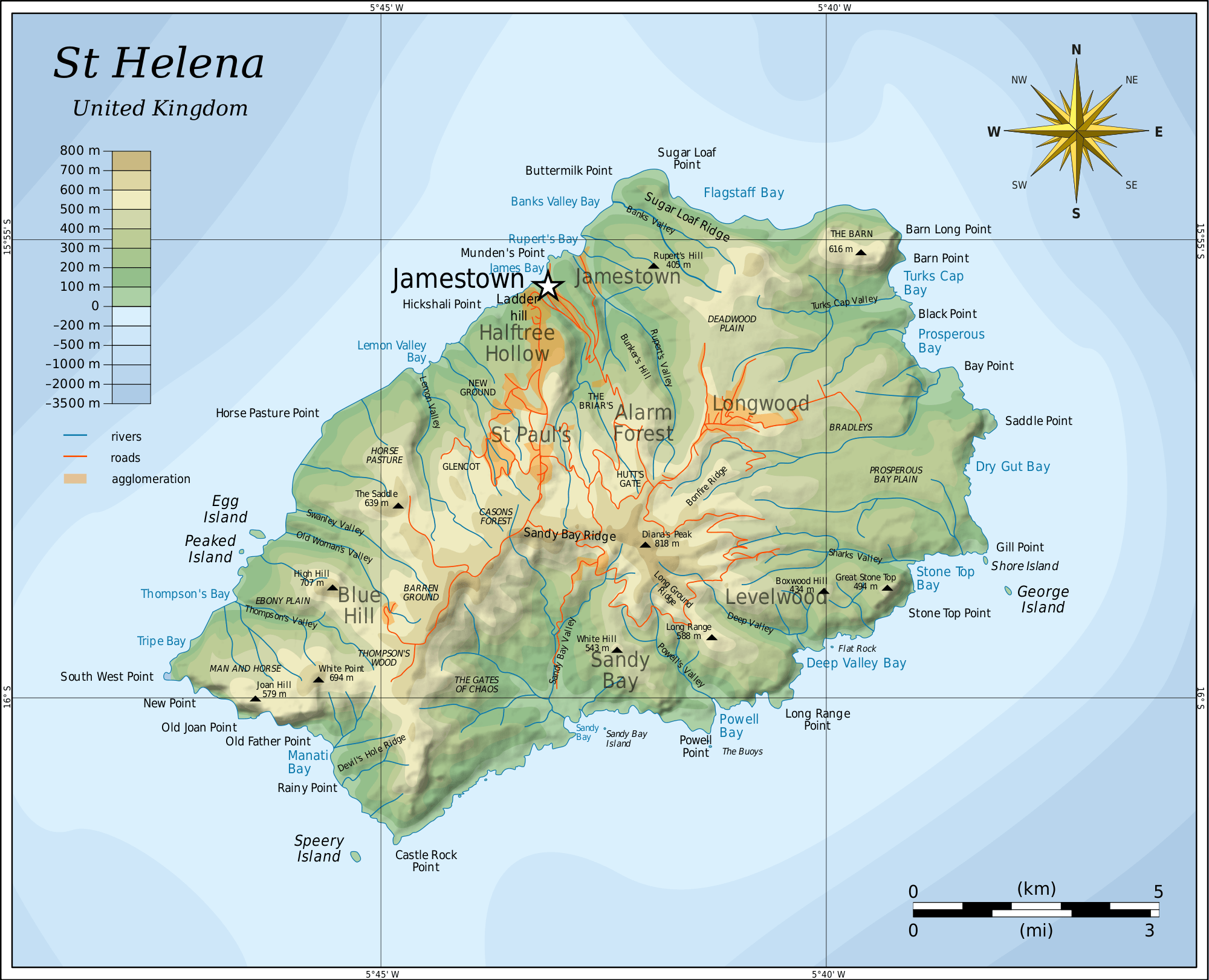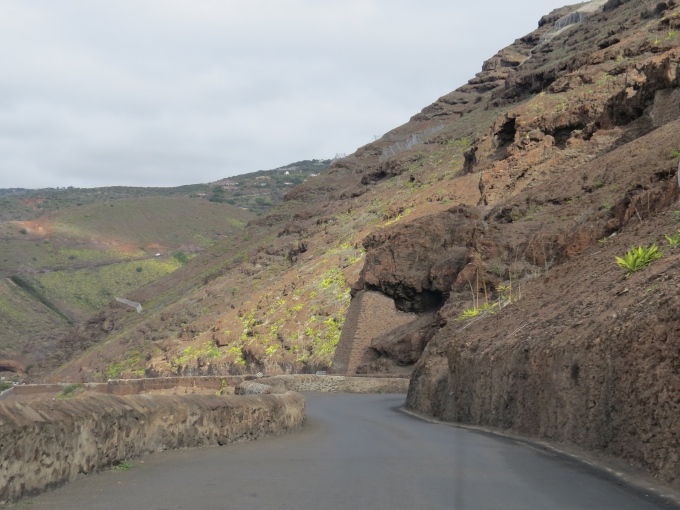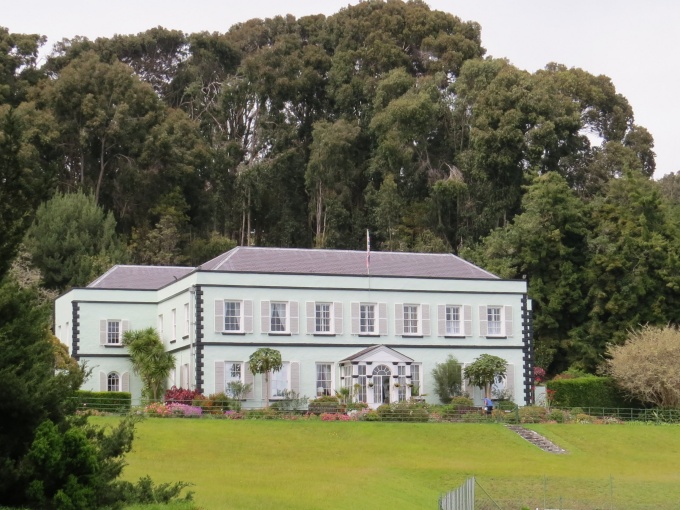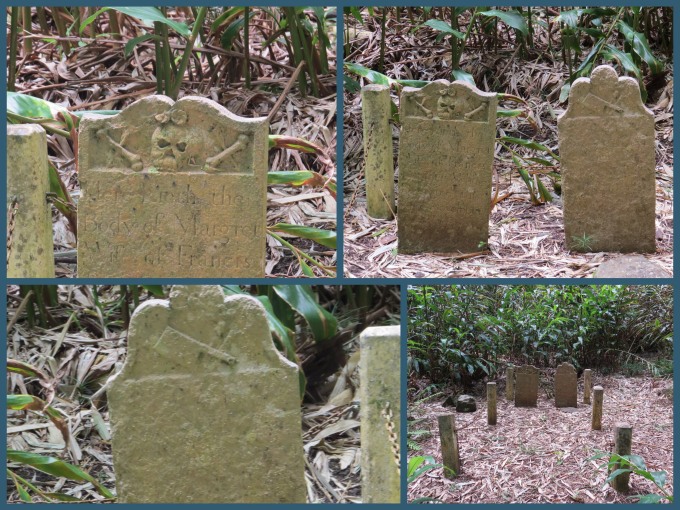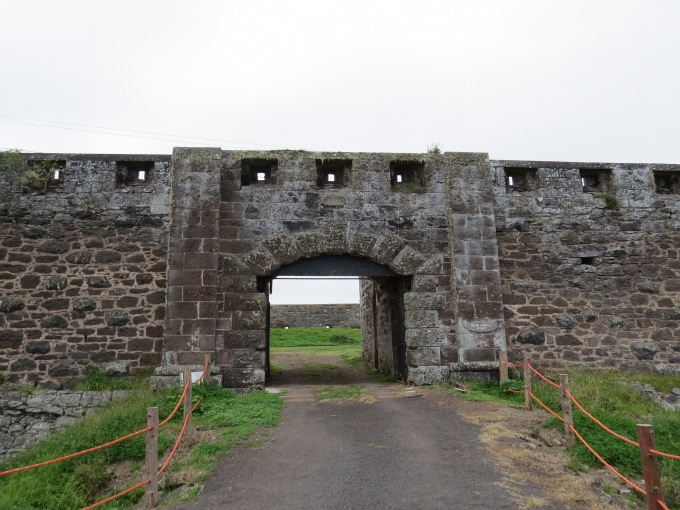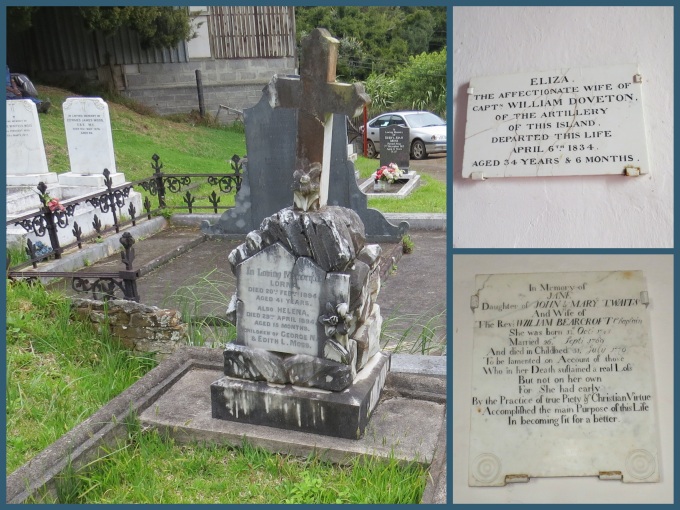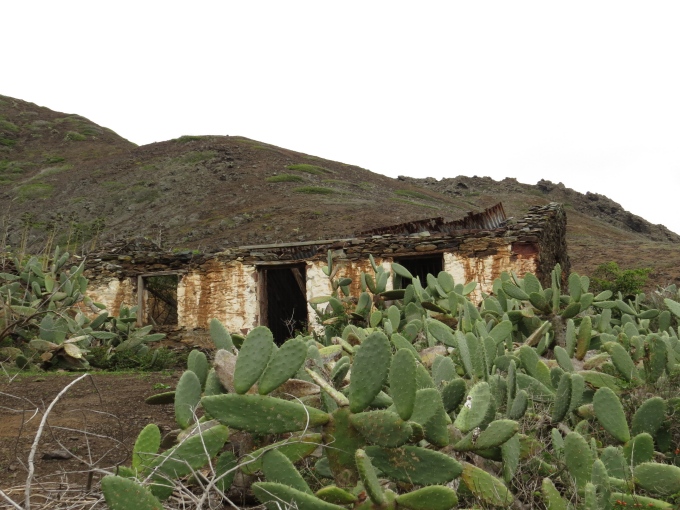Exploring St. Helena - pt. 1
/Half Tree Hollow, St. Paul's and Sandy Bay
We're leaving St. Helena after a much-too-short visit. There's still so much to tell you and share with you about this incredible place. So … we'll intersperse the rest of our St. Helena adventures with passage notes continuing across the Atlantic.
And, yes, there's been a change of plans. What else is new? We've decided to give Ascension Island a miss this time across. We visited back in 2007 and we'll reminisce a bit for you as we near the island, but instead of stopping, we'll continue straight on to French Guiana. And now … on to our regularly scheduled programming.
I perused and studied all those brochures I'd collected at Tourist Info and we came up with a good plan to explore the island. St. Helena is only 47 sq. miles and there aren't that many roads; we intended to drive on most, if not all of them. The island is divided into eight separate areas with wonderful names like Half Tree Hollow, Alarm Forest and Levelwood and geographical names like The Gates of Chaos, Man and Horse, Lot and Lot's Wife and Prosperous Bay Plain. With our excellent St. Helena Visitor's Guide, we headed out early to pick up our hire car.
We had a bit of a rocky start. The car was delivered with less than a quarter tank of gas which required another trip to the bank for more cash since the petrol station only accepts cash and petrol is about $7.30/gallon. Then we managed to lock the keys in the car. Don't ask … it was a comedy of errors that was soon sorted out and we were on our way up Napoleon Street with a hire car and a tank of gas, heading out of town.
It's all up, up, up or down, down, down here. There seems to be no in-between … no level ground. Most of the roads are paved, but they're winding, narrow, single lanes with sharp switchbacks to negotiate the mountainous terrain. We can't imagine how hard it was to build them because driving on them is not easy nor for the faint-hearted.
Our first stop was the Boer Cemetery. During the Boer Wars (Brits versus Boers in South Africa – 1900-1902) over 6,000 captured Boer prisoners were sent to St. Helena for internment. The conditions were difficult, but the prisoners made the most of their time here working in agriculture and skilled trades. Within their barbed wire confines, they held their own events, published their own newspaper and even operated their own little businesses. Many died and are buried here on a steep, grassy hillside in St. Paul's. The ages ranged from 16 to 61. We wandered midst the white stones, listening to the wind rustle the leaves and the birds singing cheerily and wondered about these soldier's stories.
We headed next to Plantation House, home of the resident Crown-appointed Governor of St. Helena. This gracious Georgian-style mansion was built in 1792 by the East India Company as a country residence for the island's governors and remains so today.
Its spacious front lawn is also home to St. Helena's oldest resident, Jonathan, the tortoise. A native of the Seychelles, records indicate that Jonathan probably arrived as a gift in 1882 when he was already about 50 years old. He has company these days. We saw three other tortoises roaming around and there are said to be two more for a total of six … David, Emma, Myrtle, Fredericka and Speedy and, of course, Jonathan. A caretaker pointed out Jonathan for a photo opp.
There are several pleasant walks near the Plantation House grounds. We took a short one to the Butchers graves. There are conflicting stories about the Butchers, but it appears they were slaves at Plantation House. Margaret's sandstone gravestone bears a skull with flowers on its head along with bones and arrows. Her husband, Francis, was a butcher (hence the name) and his gravestone bears a cleaver.
We headed over to High Knoll Fort next, a massive undertaking begun in 1798 and improved throughout the years, with its outer defensive walls and main gate completed in 1874. We spent the better part of two hours here and it really deserves a blog post of its own, so I'll leave the descriptions and more pics for later. It's quite a fascinating place.
We continued south across the island with a stop at picturesque St. Paul's Cathedral. Built in 1851, this 19th century country church is absolutely beautiful in its setting and simplicity. The grounds around and above it hold the remains of past parishioners. We met and chatted with Mouse, a gravedigger, who was waiting for the remains of a Saint who had died in the UK and whose body had come home aboard the RMS St. Helena to be buried.
There were commemorative plaques on the walls of the church dating back hundreds of years. We took the time to read some of the gravestones and wondered sadly how the Moss family must have mourned for their two daughters Lorna (4-1/2 years) and Helena (15 months) who had died within months of each other in 1894 and what had caused this tragedy.
We headed over to Sandy Bay, the island's only beach. The road to get there was gravel and very rutted, not to mention steeper than we'd previously experienced. The views, however, were superb, especially the rock formations, Lot (foreground) and Lot's Wife ...
and looking down into the Sandy Bay Valley.
The tiny Sandy Bay Baptist Church still holds regular services.
This is a dry area of the island and prickly pear grows profusely. We passed an old house, long since abandoned that made a great photo opp. By the way, we learned that the locals make an alcoholic drink called tungi (toongee) from prickly pear. Haven't tried it yet, but it's on the list.
We're told Sandy Bay is a dangerous beach with strong currents and undertow, but we had no plans to swim in the cold Atlantic waters. We took a quick peek at the beach, but a cold wind was blowing and the day was waning. We needed to head back across the island.
We're just starting to explore, so stay tuned for more St. Helena adventures.


